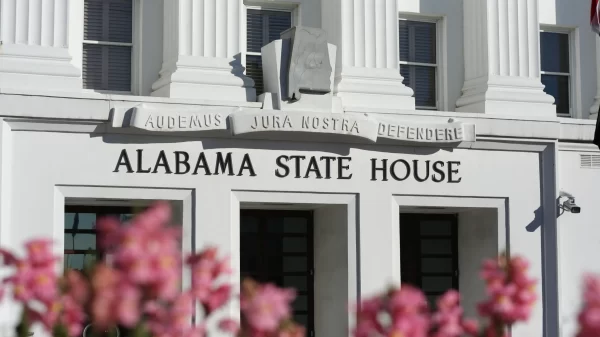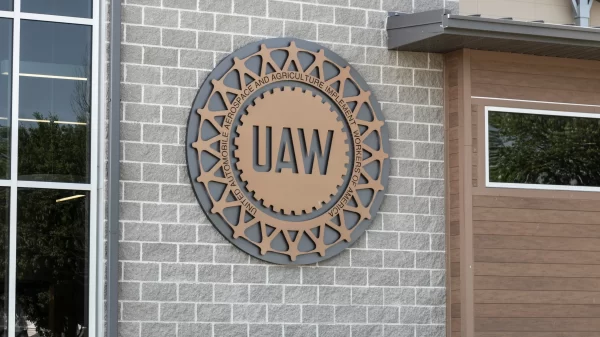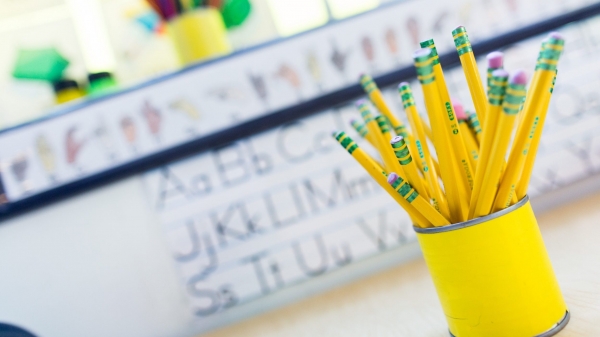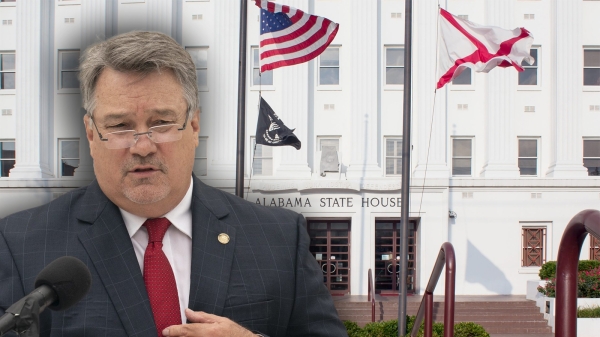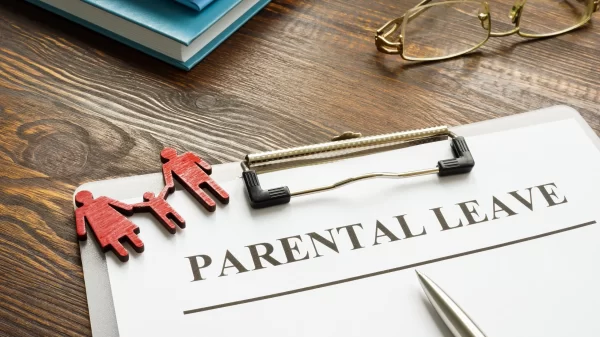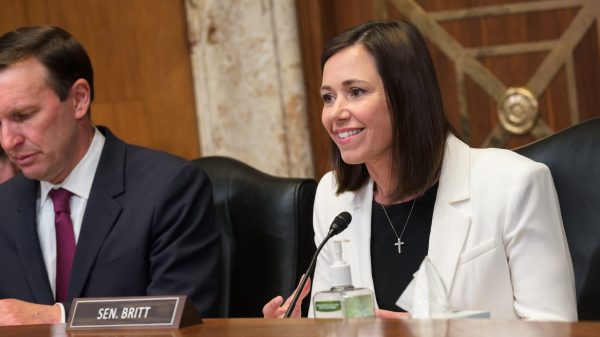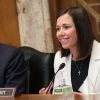By Chip Brownlee
The Alabama Political Reporter
Montgomery—Of all the 50 states across the US, Alabama’s K-12 education budget saw the nation’s second worst decline in funding per student during the Great Recession and that funding has not yet been restored to pre-2008 levels, according to a new non-partisan report.
Alabama’s K-12 education funding per student in fiscal year 2017, which began Oct.1, is still 14.2 percent less than it was in fiscal year 2008, according to the report published by the Center on Budget and Policy Priorities. The numbers are adjusted for inflations.
Only one other state, Oklahoma, had a deeper funding cut at 26.9 percent.
“Alabama needs to invest more in education now to enjoy broad prosperity and thriving communities in the future,” said Kimble Forrister, Arise Citizens’ Policy Project executive director. “Our children and grandchildren deserve the opportunity to succeed in life and be able to compete for highly skilled jobs in a fast-paced economy.”
Twenty-four states have seen per student education funding allocation increase since 2008. All of those states — aside from Tennessee, which increased education funding per student 9.9 percent since 2008, Maryland and Delaware — were north of the Mason Dixon Line.
“At a time when the nation is trying to produce workers with the skills to master new technologies and adapt to the complexities of a global economy, states should be investing more – not less – so our kids get a strong education,” said Michael Leachman, CBPP’s director of state fiscal research and a co-author of the new report.
Large cuts were made in 2008 and 2009 during the depths of the Great Recession in order to balance increasingly large budget shortfalls. Most states, especially states in the South where the budget cuts were most severe, refused to raise taxes.
On average, “between fiscal years 2008 and 2012, states closed 45 percent of their budget gaps through spending cuts and only 16 percent through taxes and fees.” And revenues, especially here in Alabama, have been slow to recover.
In 2015, the Legislature saw a $200 million budget shortfall in the State’s General Fund. To balance the large deficit, the Legislature approved an $80-million transfer from the Education Trust Fund. This year, the Legislature again struggled to balance an $84-million shortfall.
With the reoccurring budget deficits, it will be a while before the Legislature can pay back the borrowed funds from the Education Trust Fund and some legislators have even suggested transferring the Use Tax from the Education Trust Fund to the General Fund.
Even with the struggles, the Legislature did manage to increase education funding this year by more than 3 percent, placing the state in the top 10 in budget increases; but the cuts since 2008 still run deep. And when you take into account local cuts to education funding, the picture is even more bleak as municipalities and other localities struggle to keep their schools afloat.
Education funding today — when local cuts are included — is 16.1 percent less than it was in 2008, compared to the 14 percent decrease in state funding alone since the Great Recession.
“While revenue initially surged as property taxes caught up with the rapid growth in home prices associated with the pre-recession housing bubble, they fell sharply once home prices plummeted, and since then have risen only slowly,” the report sates. “The overall result: since the recession hit at the end of 2007, revenue growth nationally has averaged only about 1.6 percent above inflation annually ― far from enough to make up for declining state support and rising student enrollment.”
A steep cut in federal education funding aid to states also contributed to the stagnation in state appropriations for education, according to the report. From 2008–2011, states used emergency fiscal relief from the US government to cover large shares of education shortfalls. But after 2011, the federal government allowed most of that aid to expire.













